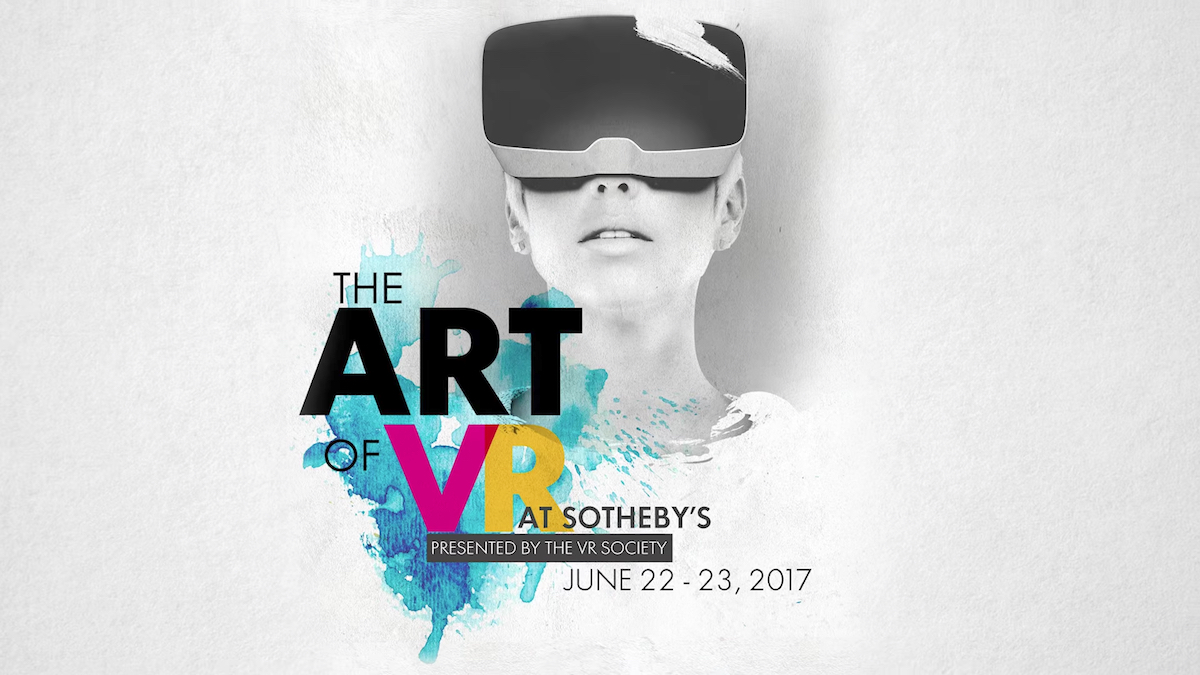How It Works
Last week, Unity in partnership with the Interactive Advertising Bureau (IAB) and Lionsgate announced they are developing the first ever virtual reality ad format called a Virtual Room. The virtual room is a branded experience ranging from 30 to 60 seconds that is inserted into a VR game or app. Players need to opt in by “walking” through a sponsored portal within the game.
Once a player walks through the virtual doorway, they enter a room where a branded experience awaits. Users can interact with different objects, explore the room, and are rewarded with exclusive in game content for participating. The first VR Room ad is being developed to promote Jigsaw, Lionsgate’s upcoming movie in the Saw franchise, and is scheduled to be released this fall.
Make Room For VR Ads
In order for VR to be a viable advertising channel, universal ad standards are a must. The virtual room is the industry’s exciting first attempt at VR ad standards and Unity is building out the infrastructure needed to make it possible. Backed by the IAB, the VR Room is a credible ad unit and gives brands the reassurance needed to start testing branded VR experiences.
One big advantage this new VR ad standard will have right out of the gate is its considerable reach and ability to scale. According to Unity’s estimates, two thirds of all VR content today is built on Unity. and a single Virtual Room ad will be able to reach between 50K to 500K users in VR headsets, depending on planned distribution.
The unit takes full advantage of being built on a game engine, which allows for creative flexibility and advanced tracking unavailable to traditional marketing methods. Entertainment brands such as Lionsgate with Jigsaw are a perfect example of how to leverage this new medium. This room provides them with a way to tell an immersive story where the user is fully engaged in what we all hope is a super frightening escape room.
Room For Improvement
For brands, one of the biggest challenges of the virtual room will be the lack of 3D brand assets. Many brands today do not have the proper 3D logos, products, and branding that will be needed for the virtual room ad unit. Instead, all assets will need to be built from the ground up.
And even if they do have the 3D assets, different brands will have varying brand equity as a draw to get the VR viewers in the door. Unlike an entertainment brand like Lionsgate, QSR and CPG brands have more of a challenge to figure out how to properly leverage this virtual ad unit. The idea of a room plastered with Starbucks PSL’s and iced coffee sounds great in theory, however, in actuality, no one is coming into VR to experience a barista misspelling their virtual name. Plus, it remains unclear at the moment how the creatives will look for the call-to-actions for getting players into the room.
Therefore, developing an engaging room will be crucial to prove the success of the ad unit. The VR industry as a whole is consistently fighting against poor quality VR or even mislabel 360 video “VR”. If the first virtual ad is a disruptive, boring cube of a room it will be a recipe for disaster.
Final Assessment
Overall, we have faith in the potential of this new ad format and are excited to see how advertisers take on the challenges. The room will live naturally within the pauses that are apart of a game. Users will unlock custom in-game content only available within these sponsored rooms that add value to the overall VR experience. Plus, the in-game rewards that brands will be able to offer to players should help provide the incentives needed to draw the audience in, as long as it is clearly communicated in the call-to-action banner before they enter the room.
If successful, this new VR ad standard should provide developers and creators a way to monetize their VR apps and games. The ability to effectively monetize a game or app increases the incentive for developers to produce VR content. The more content that is produced gives user more of a reason to buy the hardware. This in turn signals to brands that there is a viable audience that can be reached within VR and they will start spending dollars to place ads within the different games, accelerating the entire industry forward.
What Brands Need To Do
For starters, all brands no matter what vertical should be thinking about creating 3D branded assets. These assets will not only make it easier to build VR ad experiences, however, they can also be licensed out to game developers to integrate product indirectly into a VR game, app or experience.
Additionally, looking even further down the VR roadmap and the concept of virtual goods, these branded assets can be virtually sold to consumers for real profits. Last year, $60 million USD was paid out to creators within the Second Life community. Aside from 3D assets now is the time to start developing brand strategies for VR. The industry is young, flexible, and inexpensive, allowing brands to test how they best fit into the virtual environment with minimal blowback.
Header image is a promotional image courtesy of Unity


